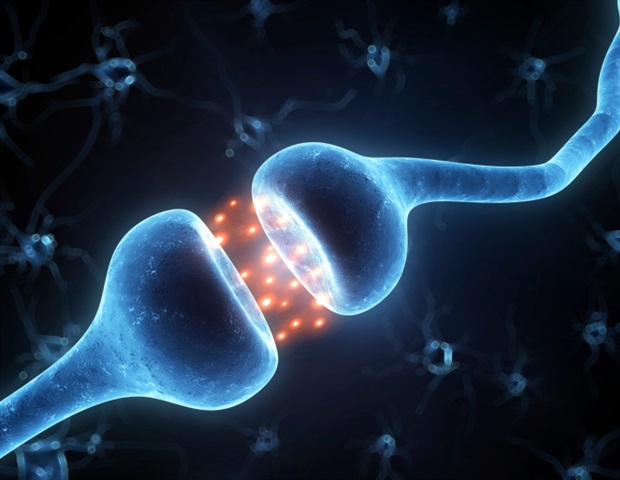Our expert physical therapist says that if you are considering replacing pain medication with an exercise-based approach to improve your lower back pain, make sure to consult with your healthcare provider for support and advice. Depending on your medication, there may be a prescribed period of tapering for which you may need medical monitoring. To diagnose the source of your lower back pain, speak to a medical professional and undergo treatment under their care.
When you think of the causes of lower back pain, you may picture a hunched posture, heavy, lopsided bags, or a rounded back when lifting something heavy. And while these all can trigger lower back pain, there is an often overlooked area that may be to blame instead.
“The spine is dependent on its foundation [the pelvis] for support,” says physical therapist and Balanced Body educator Lindy Royer. “The stronger the foundation, the less the spine has to work to do all the things it needs to do.”
Your pelvis is supported, in part, by the muscles of your buttocks, known as the glutes: a group of three separate muscles that include the largest in the body.
How can weak glutes cause back pain?
“The glutes are responsible for certain hip movements, as well as for supporting and controlling the pelvis,” says Royer. “When the glutes are performing poorly, the back compensates for the lack of glute support. This creates more tension in the lower back, which often leads to pain.”
If you spend much of your time seated, your glutes are inactive for long periods, and you might develop something called gluteal amnesia, or dead butt syndrome (no, really). Those who are sedentary or work at a desk all day need to be even more attentive to their glutes and ensure they work on strengthening those muscles to counteract the effects of sitting.
“Strong glutes can help distribute load appropriately across the hips and pelvis, taking excess strain off the back. This allows the spine to move more freely and with less pain,” explains Royer.

(Image credit: Getty Images / Laura M)
How should I build glute strength?
Royer is an advocate for rehab-based Pilates under the supervision of a trained physical therapist.
“Pilates is a great way to combine mindful and whole-body movement with strength, flexibility, balance and coordination,” she says. “At first, it’s important to engage in Pilates one-on-one, so you fully understand what exercises are appropriate for you.”
She suggests starting with a Pilates tutor who specializes in rehabilitation and who can build you a custom plan based on your abilities, goals and limitations. “Eventually, Pilates classes will be a good way to continue to improve,” she adds.
“Be consistent,” says Royer. “Exercise is generally very successful in reducing pain, restoring function and improving quality of life, but it requires consistent effort over time. The journey is not linear—be prepared for the inevitable ups and downs, and stick with the plan, even through the dips. Consistency over time will pay off.”
Lindy Royer is a body-mind alignment specialist, physical therapist, master pilates educator and trainer, Franklin Method educator and Balanced Body barre instructor. She provides integrated movement to attain ideal body-mind alignment, reduce pain, and help her clients to live with vitality.
Source link


